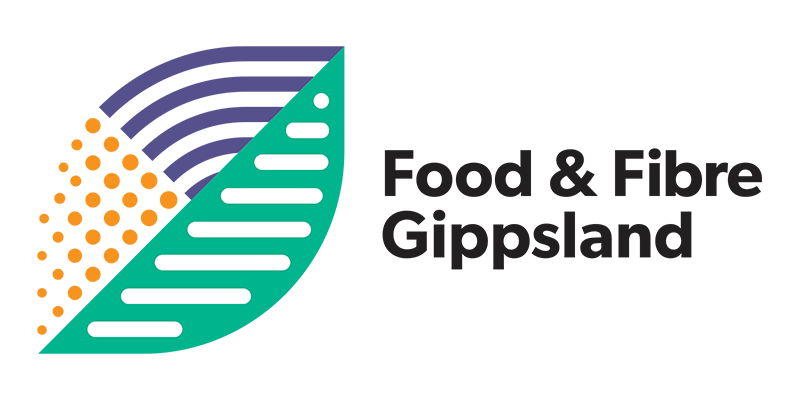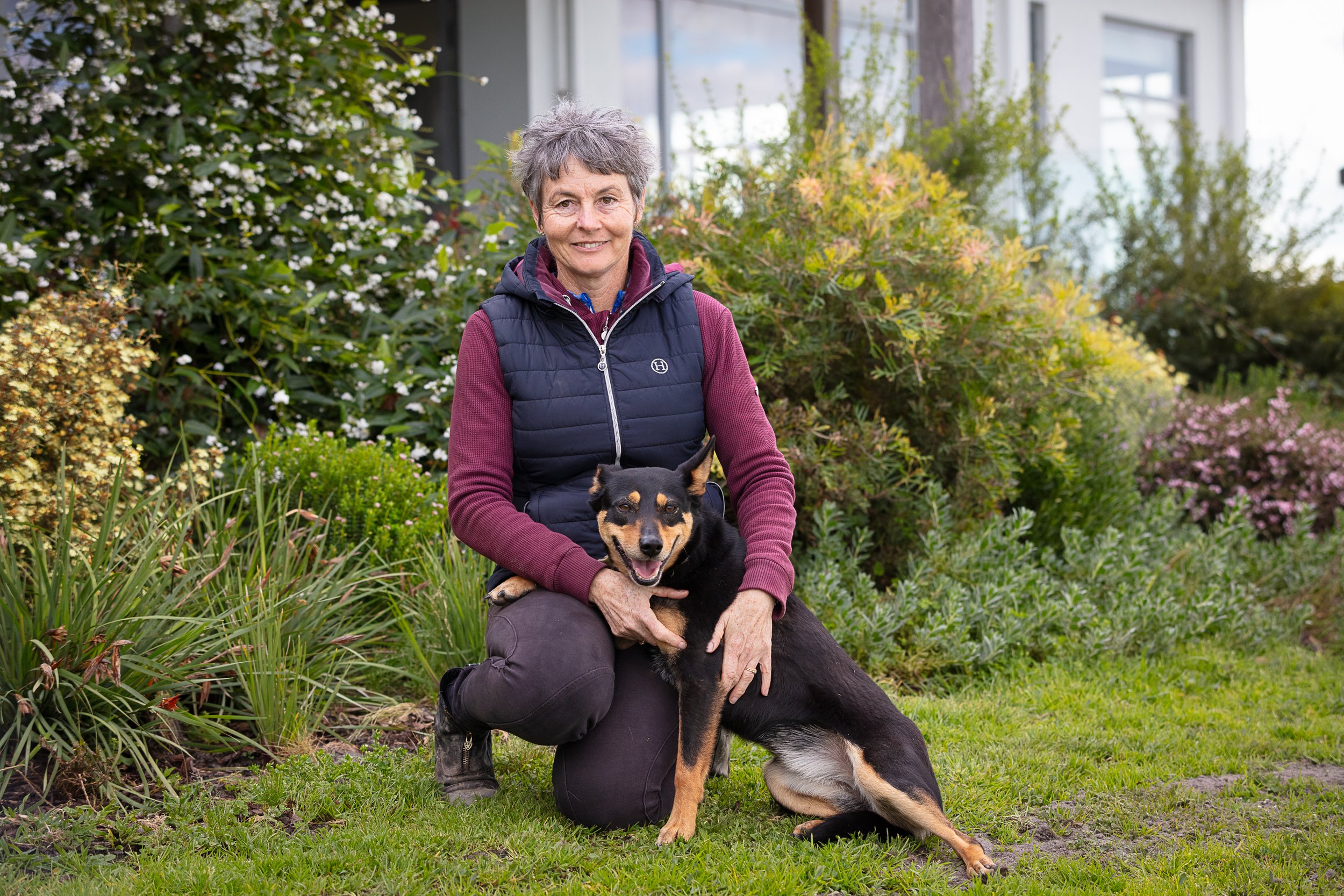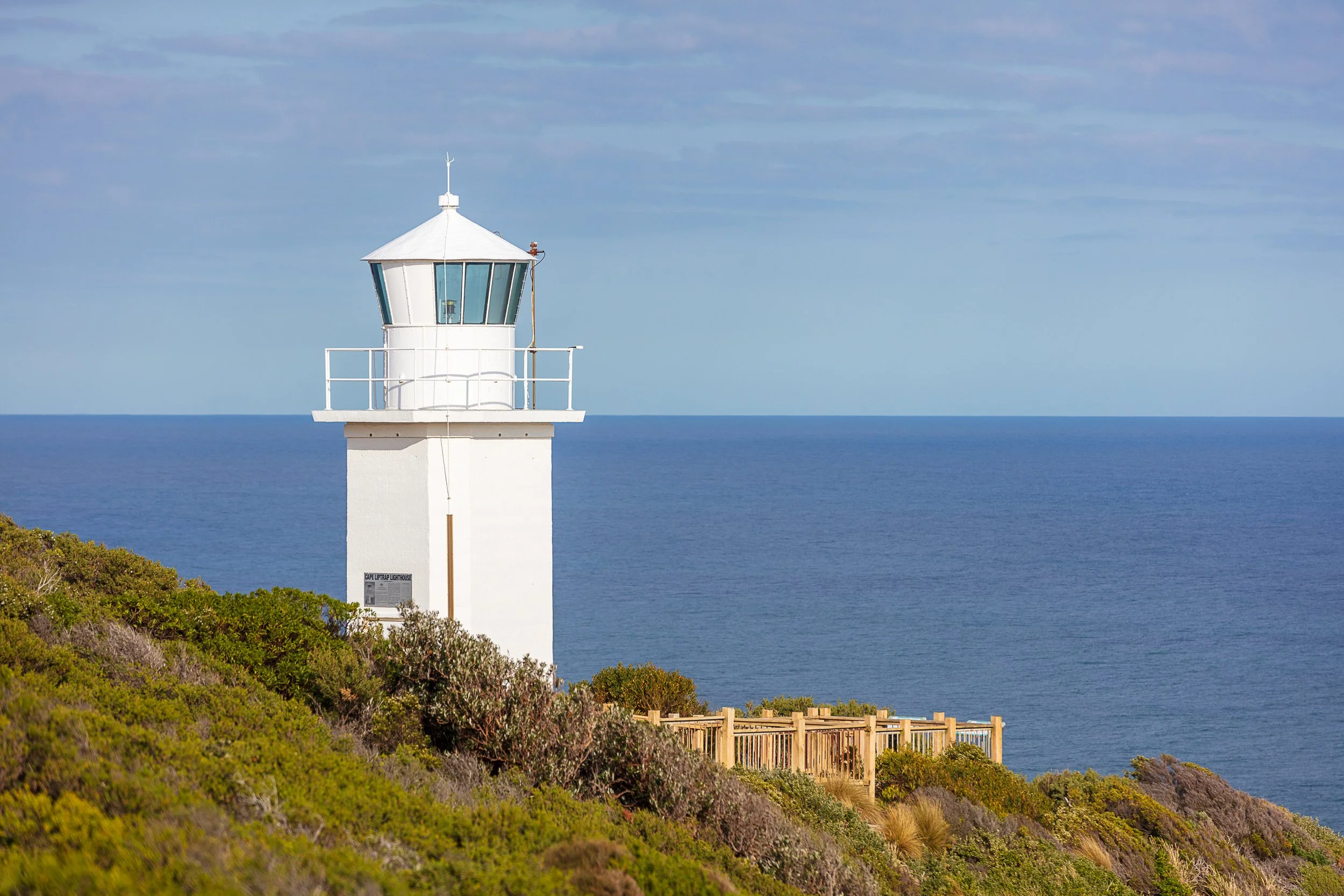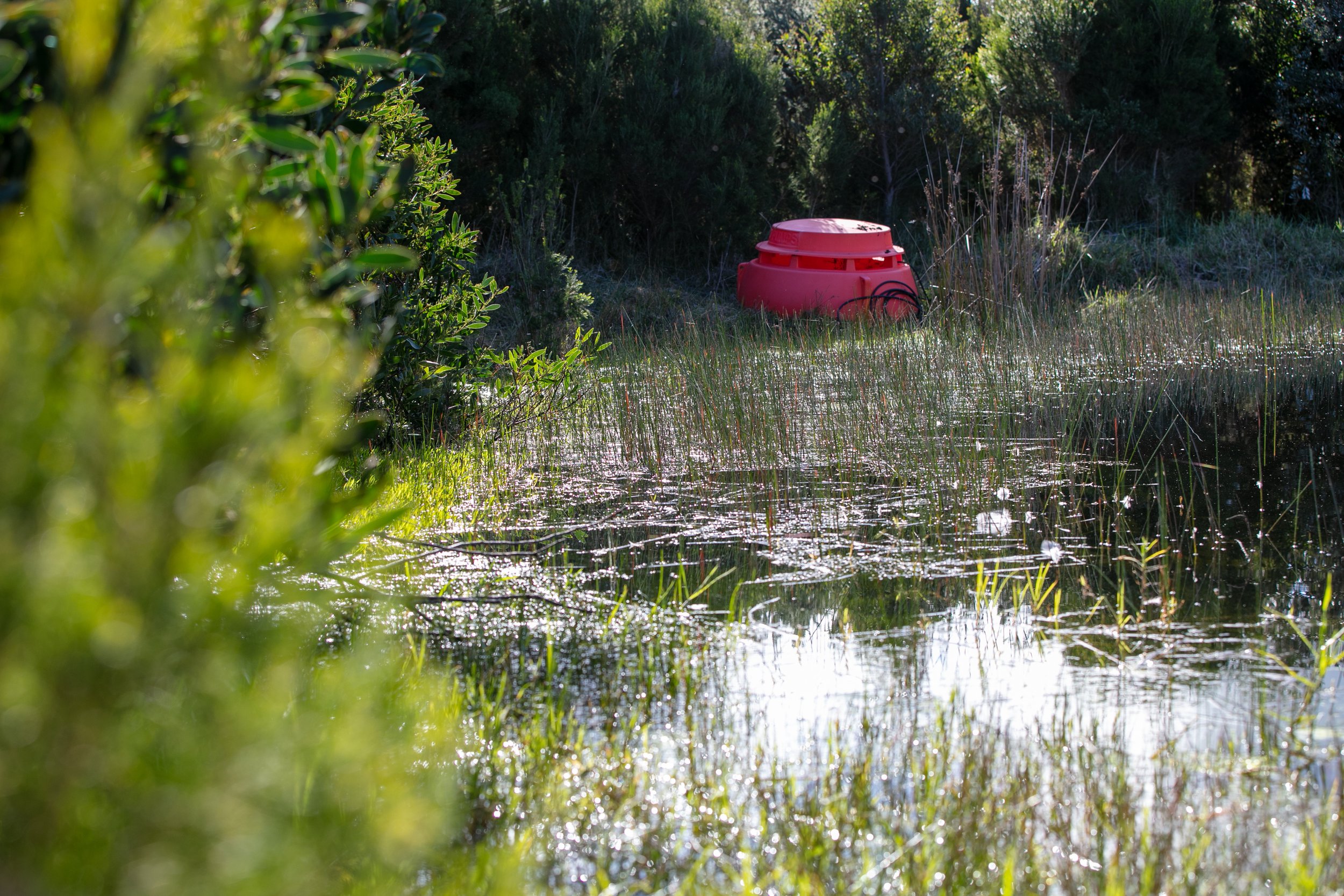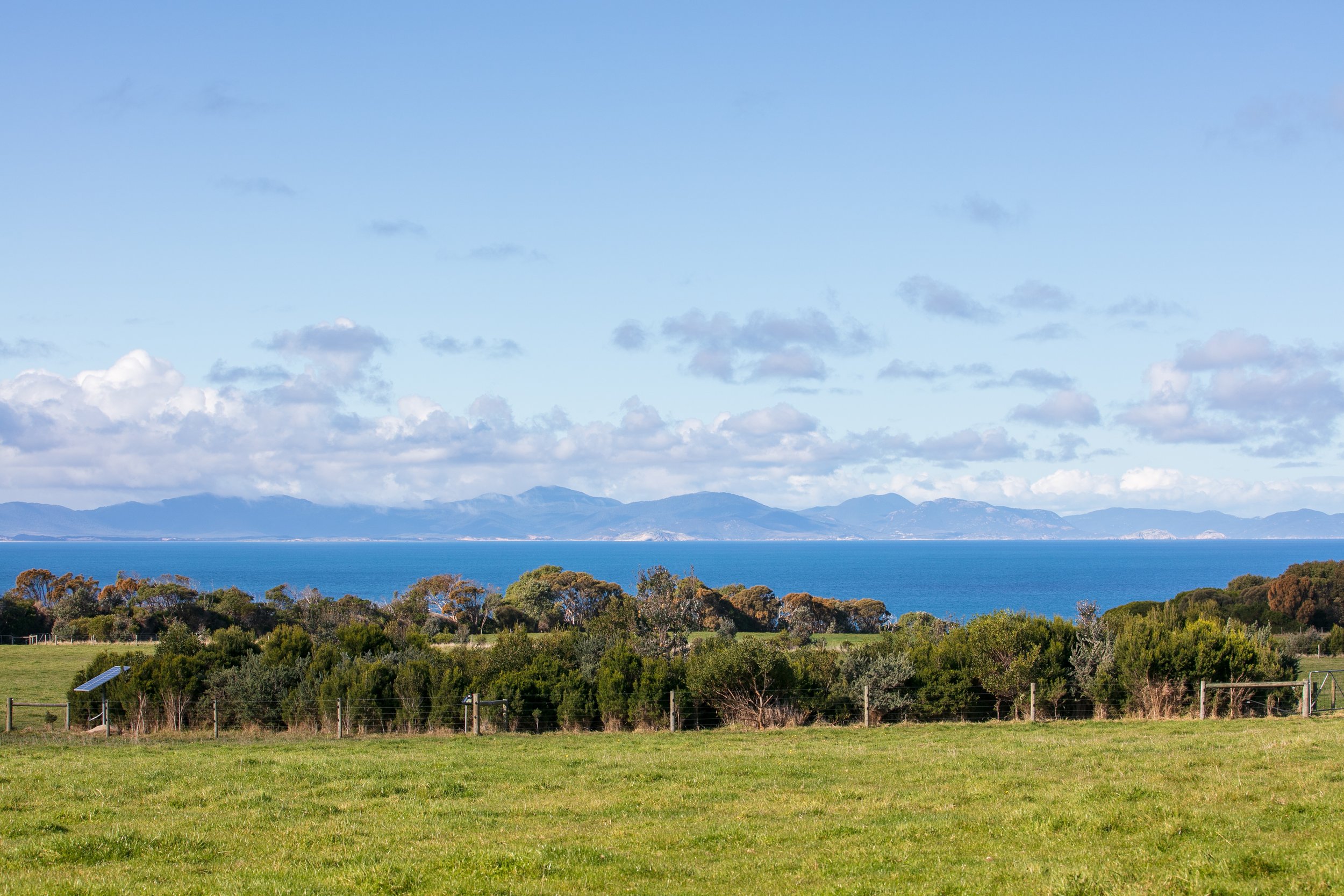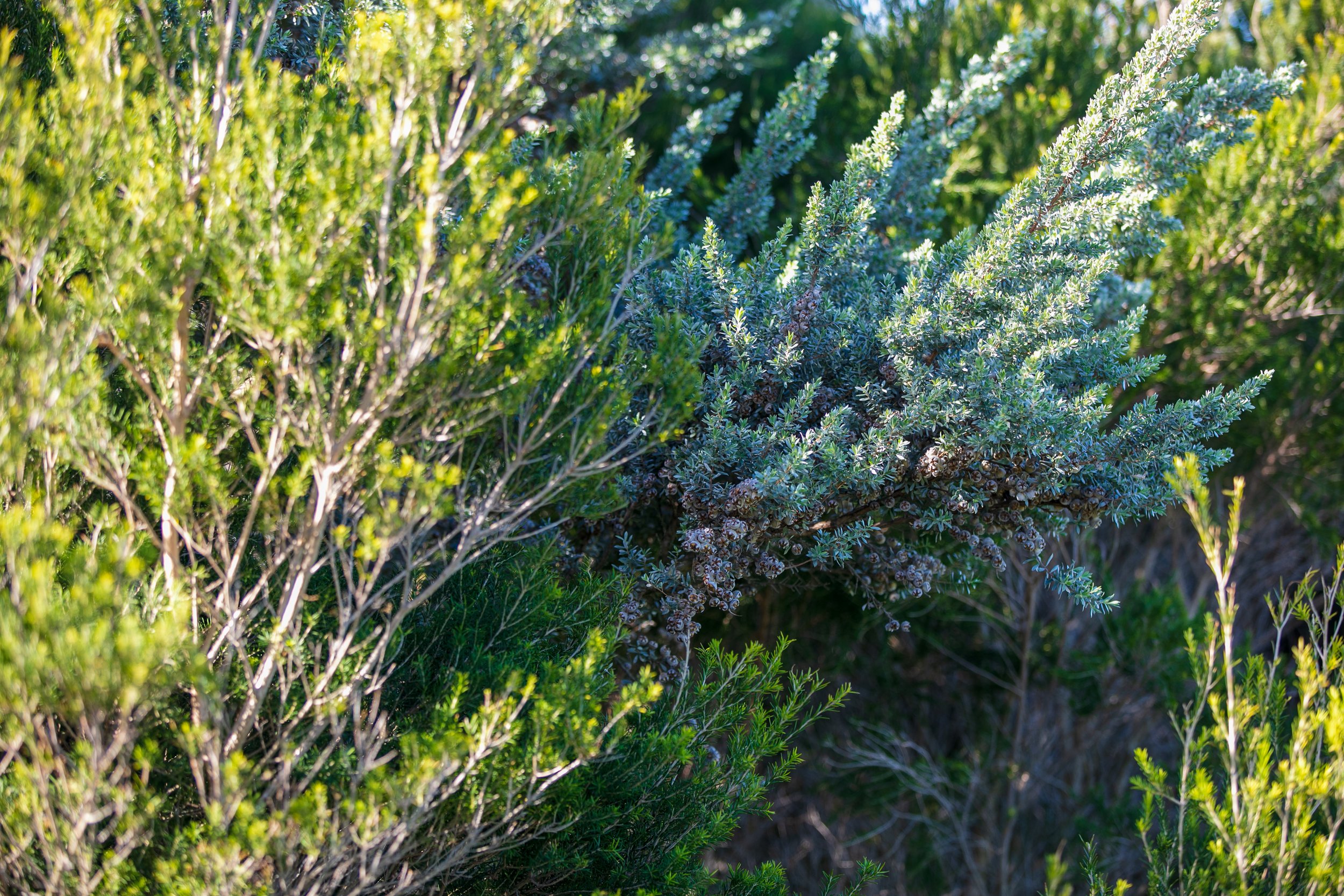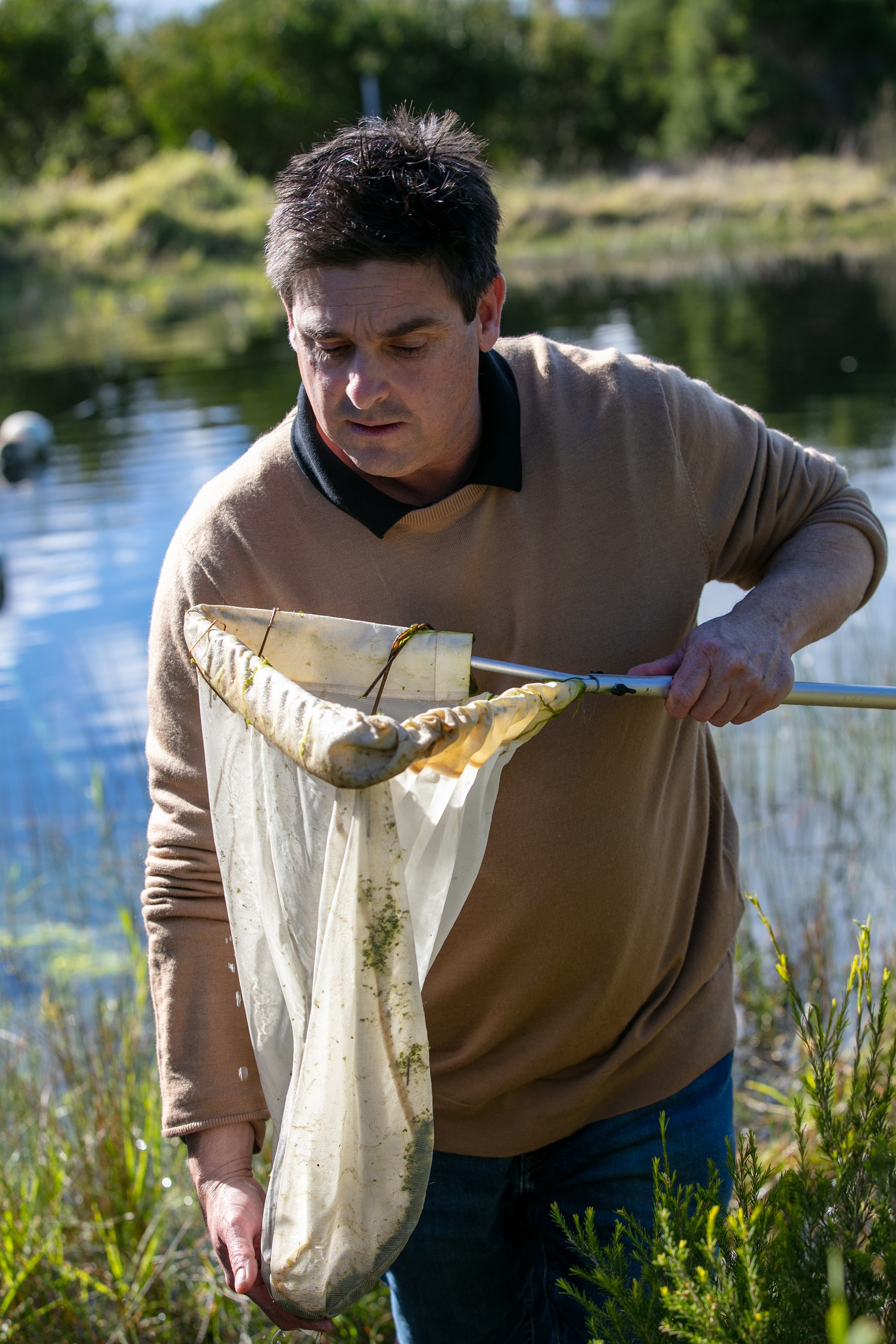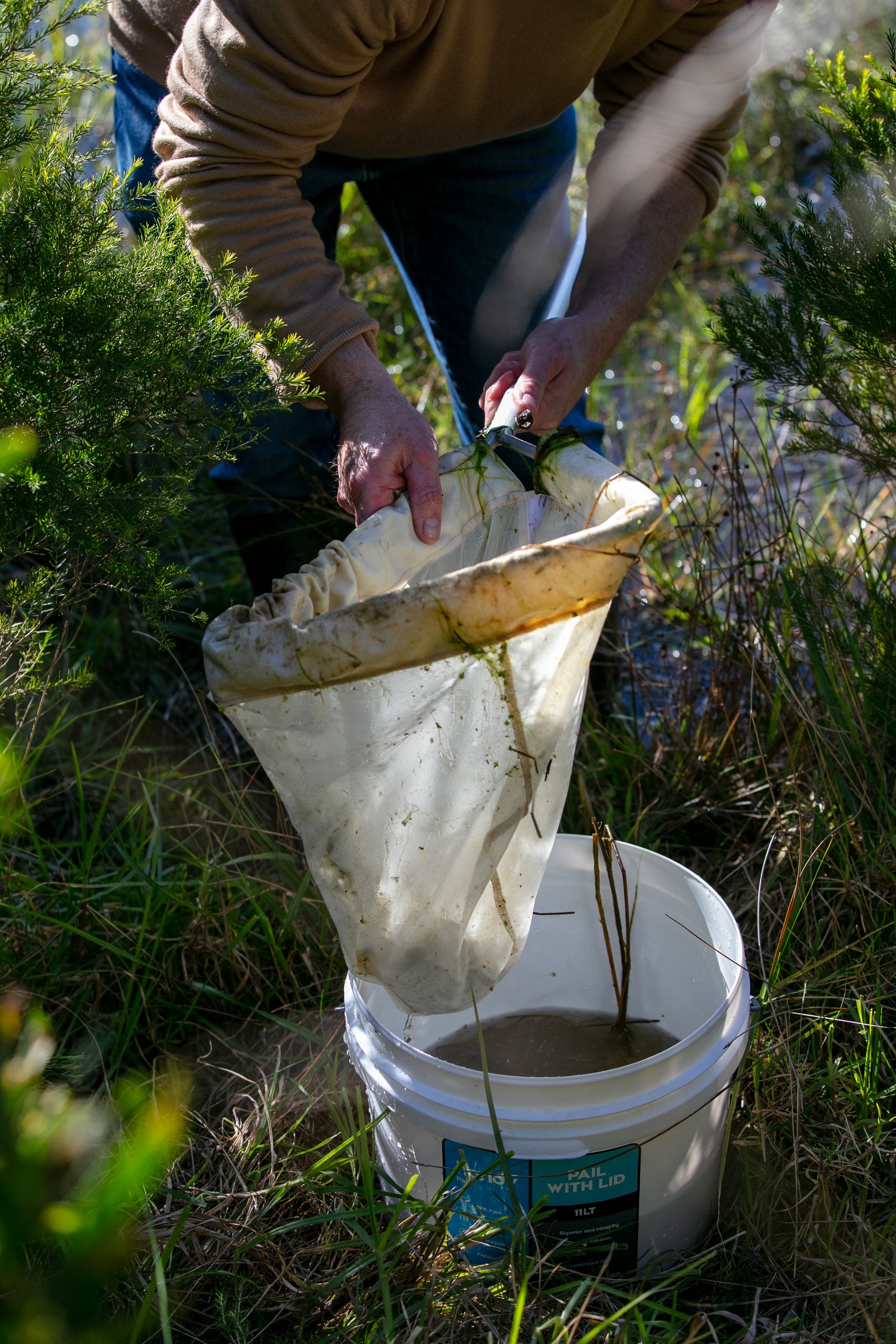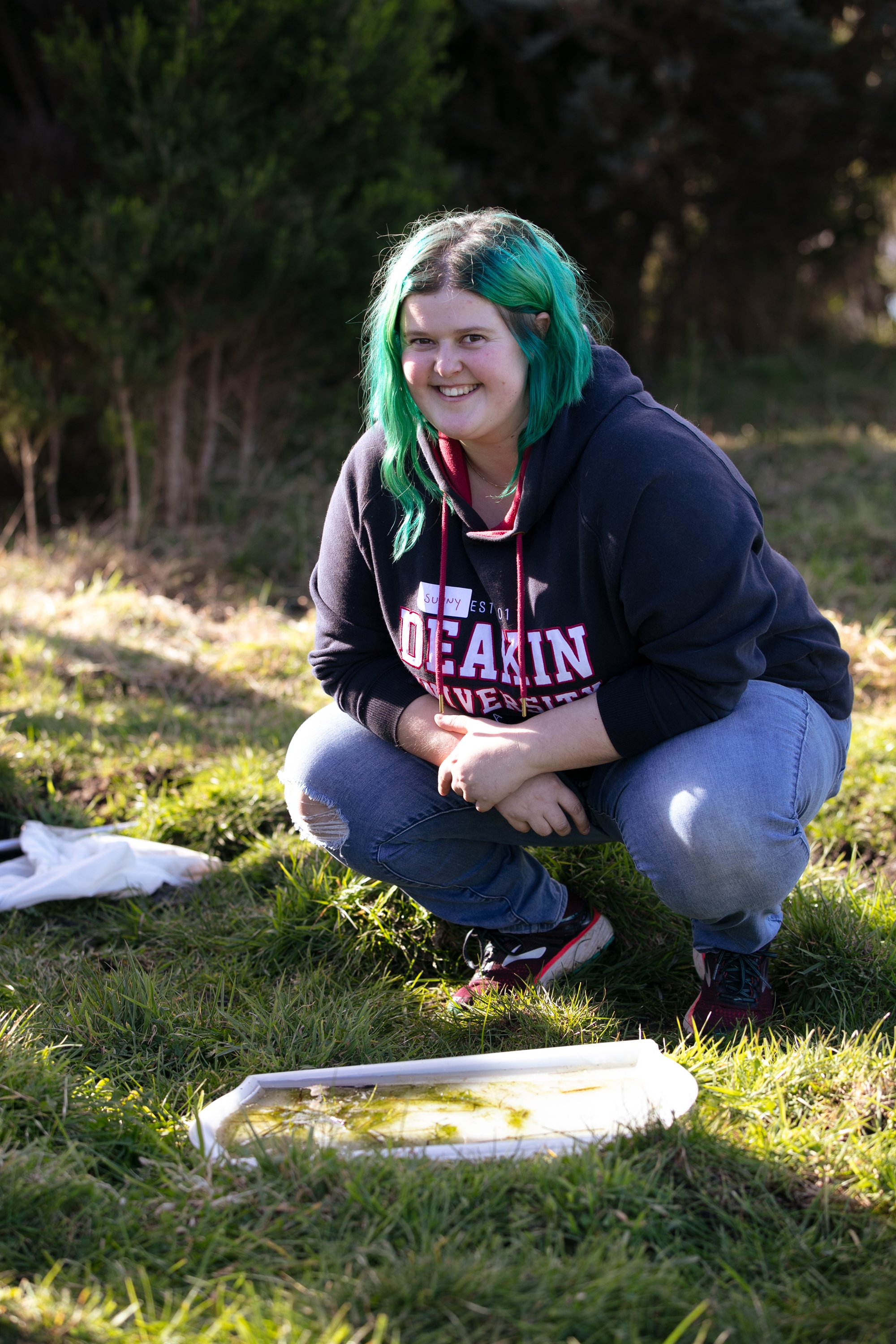Jillian’s vision helps bring ‘Green Dams’ project to fruition
South Gippsland farmer and chair of South Gippsland Landcare Network, Jillian Staton
What makes an on-farm water management project successful? Jillian Staton, South Gippsland farmer, author, and Landcare advocate, talks about what inspired her to lead the Green Dams project and share the outcomes as part of drought preparedness.
On a picturesque parcel of land overlooking Wilsons Promontory, Jillian Staton and her partner Bruce Whittaker run 200 head of cattle on 300 acres of improved coastal pasture.
In 2006, an opportunity arose to purchase a neglected 100-acre turnout block in the same region, giving the couple the opportunity to launch their farming adventure.
After buying the property, they were immediately struck by how welcoming and supportive the local community were.
“It was the complete opposite to what everyone says about coming to a small town, everyone wanted to help us,” said Jillian.
The welcome even extended to a local farmer purchasing a small herd of beef cattle on their behalf.
“Ross said he’d bought some cheap cows and calves for us at market, and they were already in our paddock. He and another friend showed us how to tag and mark them, and it all just went from there. That’s when our farming experience began.”
“I think we kept the locals very amused initially, as we found our way”
“We found ourselves coming down as often as we could,” said Jillian. “We made heaps of mistakes. I think we kept the locals very amused initially, as we found our way.”
Eventually, Jillian and Bruce purchased another 200 acres at Cape Liptrap, built a house and moved down just before the pandemic.
One of the early connections Jillian made was with Gippsland beef farmer and agri-consultant Jenny O’Sullivan, who involved Jillian in several farm sustainability projects. They wrote a book together, titled Stock and waterways: A manager’s guide, for the former Land & Water Australia.
Published in 2006, the book proved to be highly successful.
“We deliberately wrote it in a way that was accessible to farmers,” said Jillian, explaining that the straightforward writing style struck a chord among readers. It was her first foray into riparian management. She and Jenny later wrote another book in 2016, titled Love, sweat and passion: Producing fine food and wine in South Gippsland and in 2019, were asked by Water NSW to create a Stock and Waterways manual for New South Wales land managers.
Knowledge gleaned from working on projects with Jenny, coupled with a strong interest in the environment, led Jillian to become involved in local Landcare. In 2018, she joined the board of South Gippsland Landcare Network, bringing with her a background in communication and strategy. Within a year, equipped with a vision for where the organisation could go, she had put her hand up to become the board chair.
Historic lighthouse, Cape Liptrap
By this stage, Jillian and Bruce had established their beef cattle enterprise at Cape Liptrap. Although the coastal property had several dams, their location restricted the couple’s grazing management. Also, Jillian and Bruce had experienced drought on the previous farm and wanted to establish a more secure water supply for their stock.
A badly eroded spring-fed dam in the middle of the farm was the start of the solution.
“Because it was a reliable source of water, we decided to use it to supply water right across the property,” explained Jillian. “We installed a header tank at the top of the farm and put troughs in every paddock.”
Her experience writing about good riparian management meant that Jillian could also see the other benefits that could be achieved by restricting stock access to the dam, including improved stock health and safety, and enhanced biodiversity.
“There’s always the potential of stock drowning or being exposed to harmful pathogens due to dung and urine in the water, and poor water quality leads to loss of biodiversity. I also believe that we were losing a lot of water from that dam due to evaporation caused by wind.”
Once she and Bruce decided to fence off and revegetate the sandy dam, the transition was rapid.
“It became a beautiful place very quickly,” said Jillian.
“It also meant that we were able to move water across the paddocks by irrigation, allowing us to rotationally graze more effectively.”
Buoyed by their success, Jillian and Bruce then turned their focus to another eroding dam on an adjoining property. They decided to trial a different scenario where the dam is fenced off but the stock are able to access drinking water via a narrow ramp. This set-up enables aquatic and terrestrial vegetation to grow in and around the dam, reducing erosion and improving water quality for both stock and wildlife.
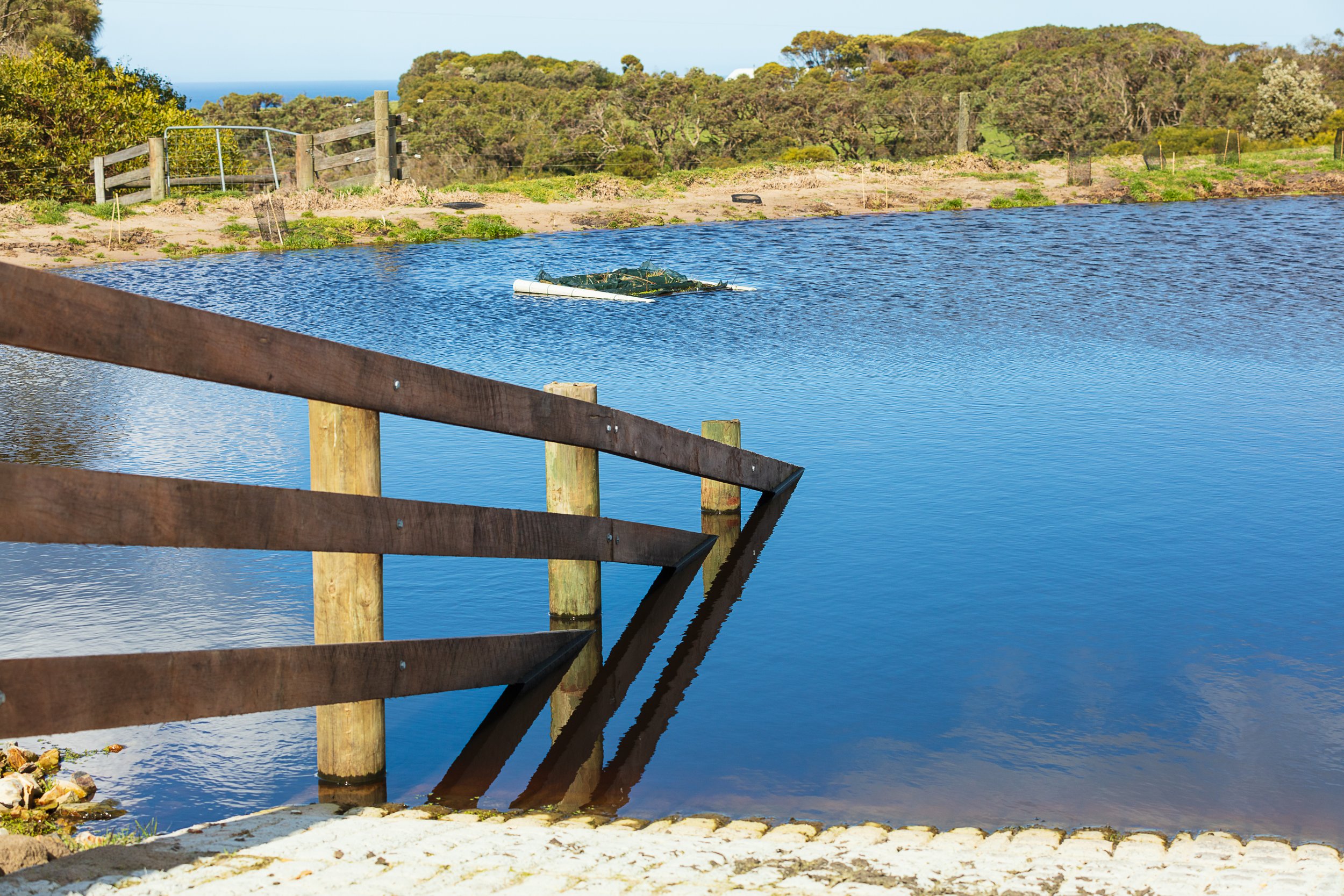
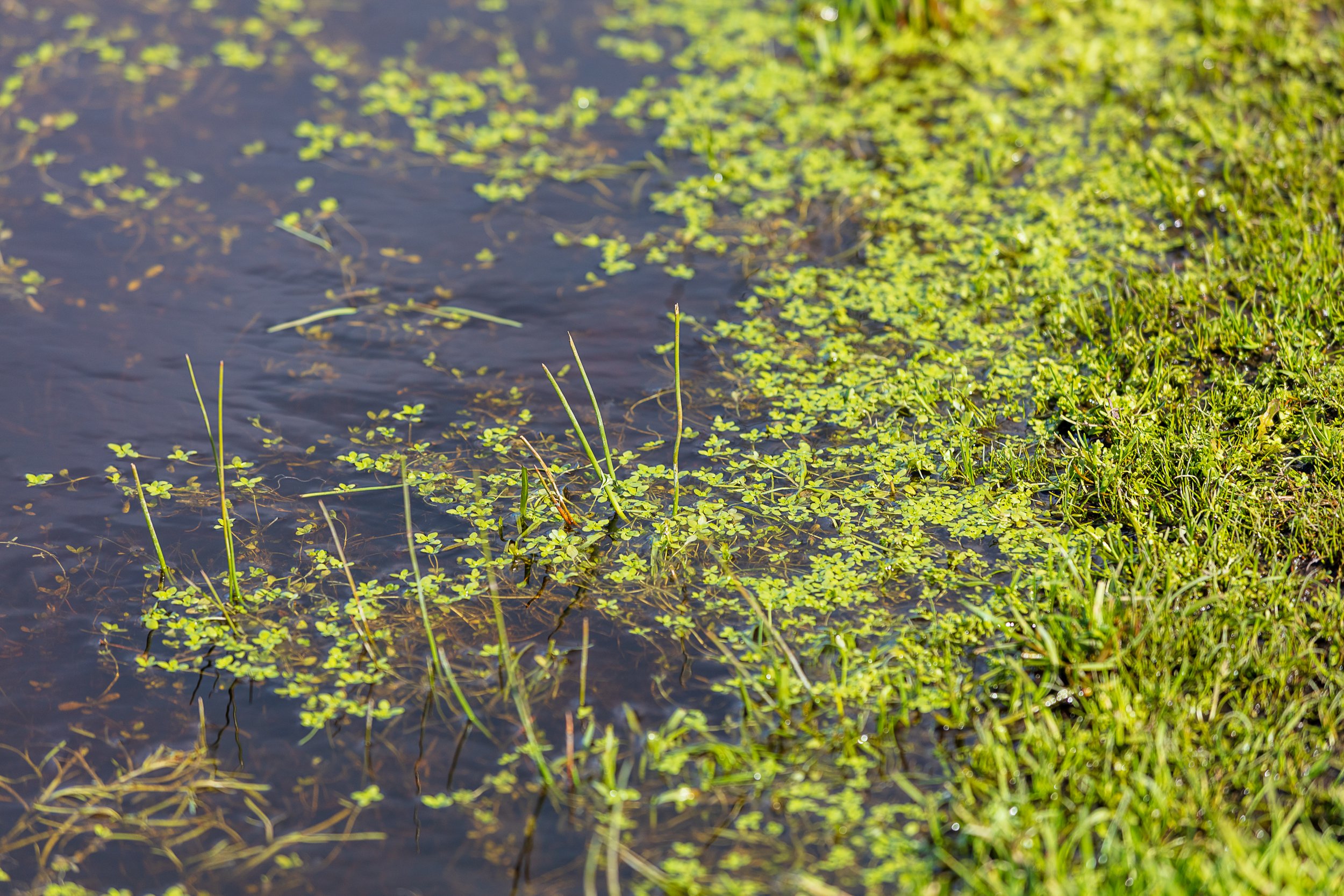
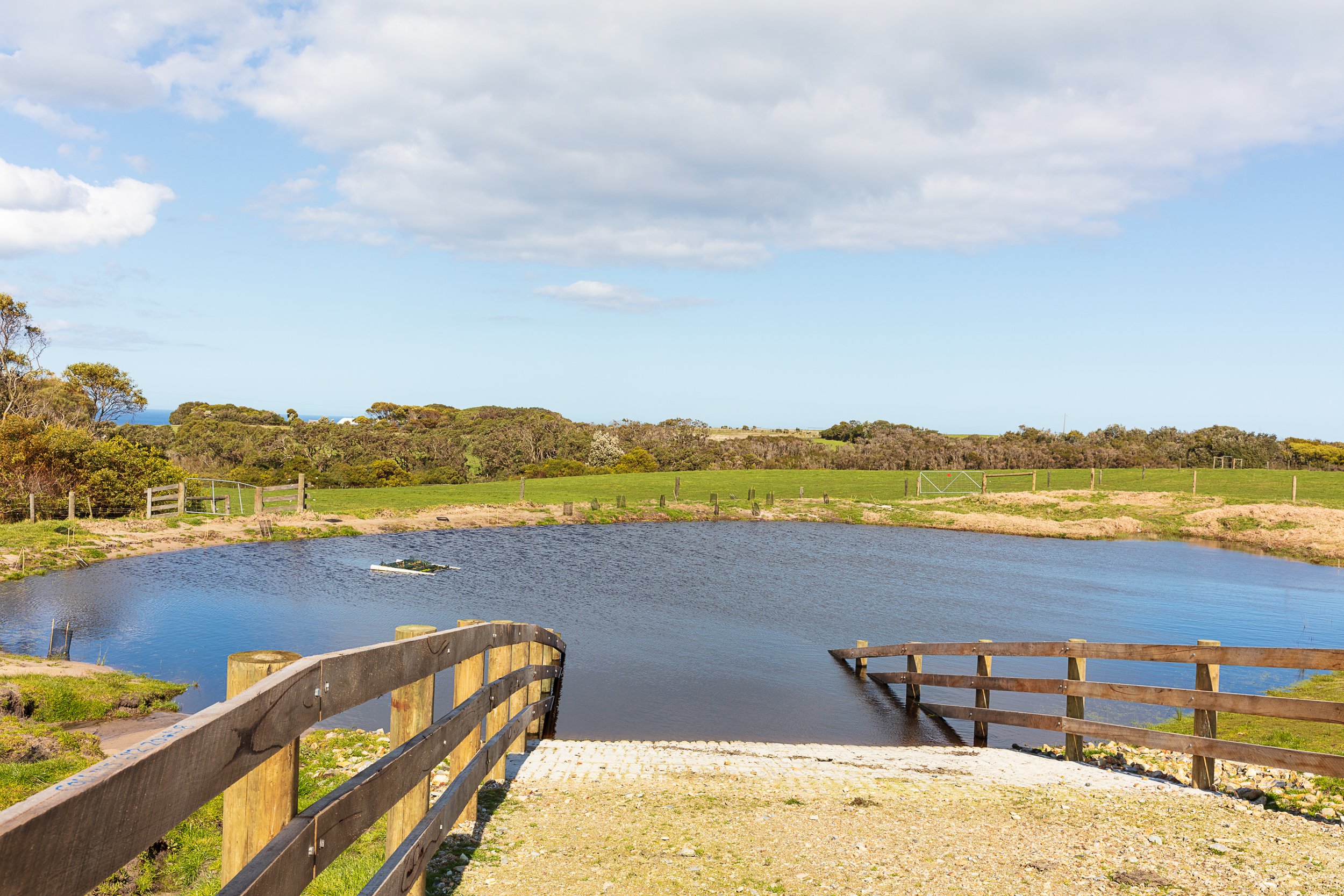
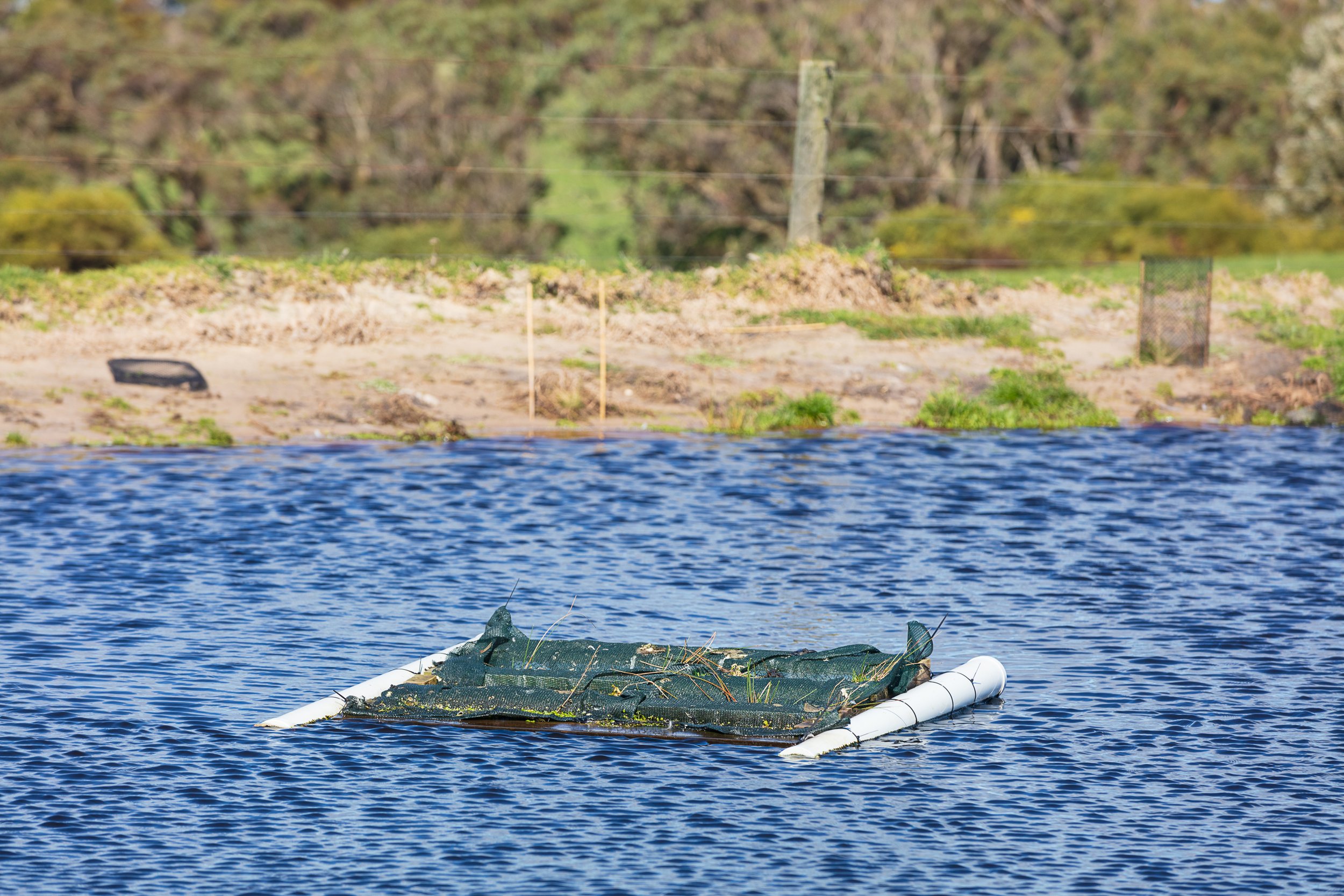
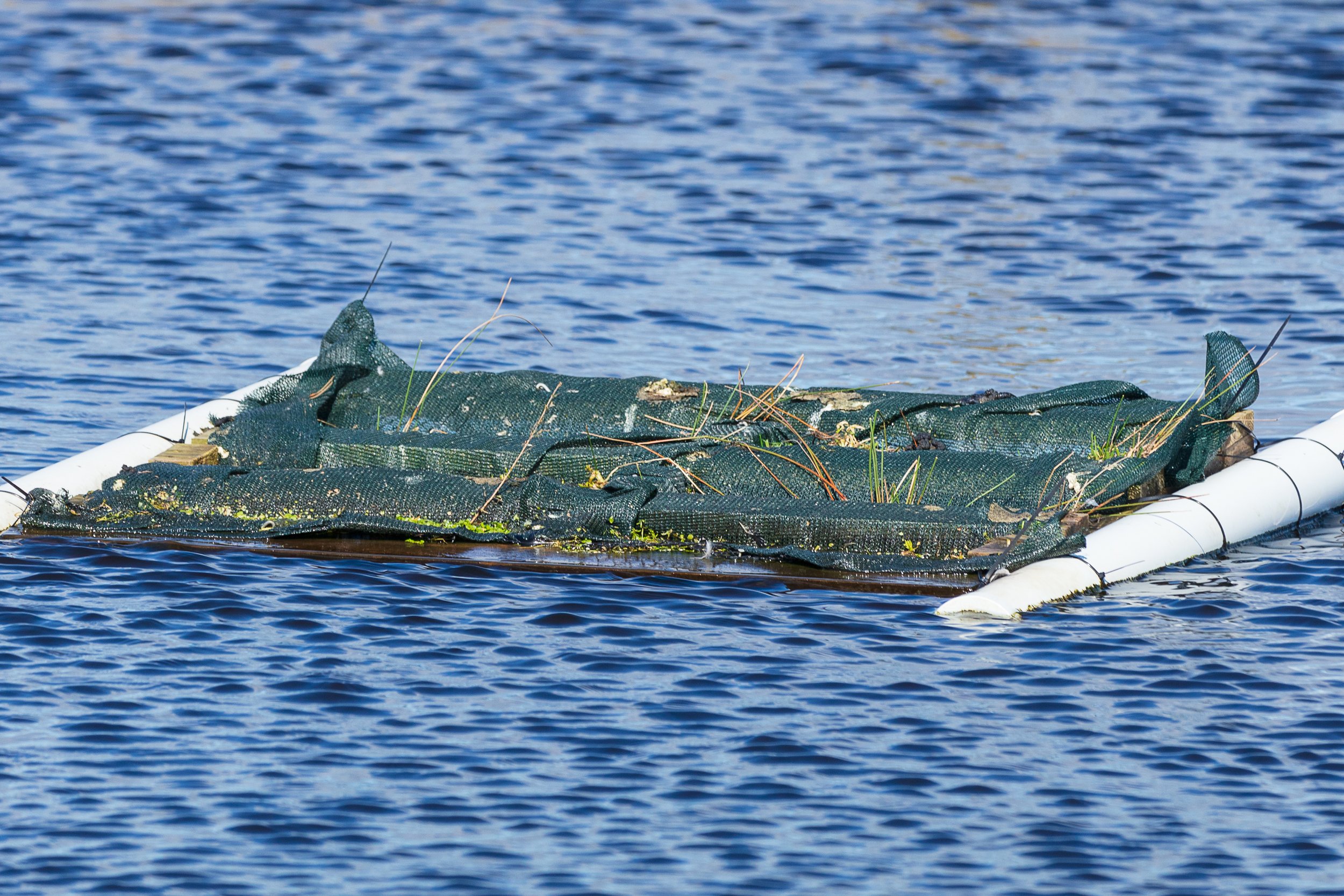
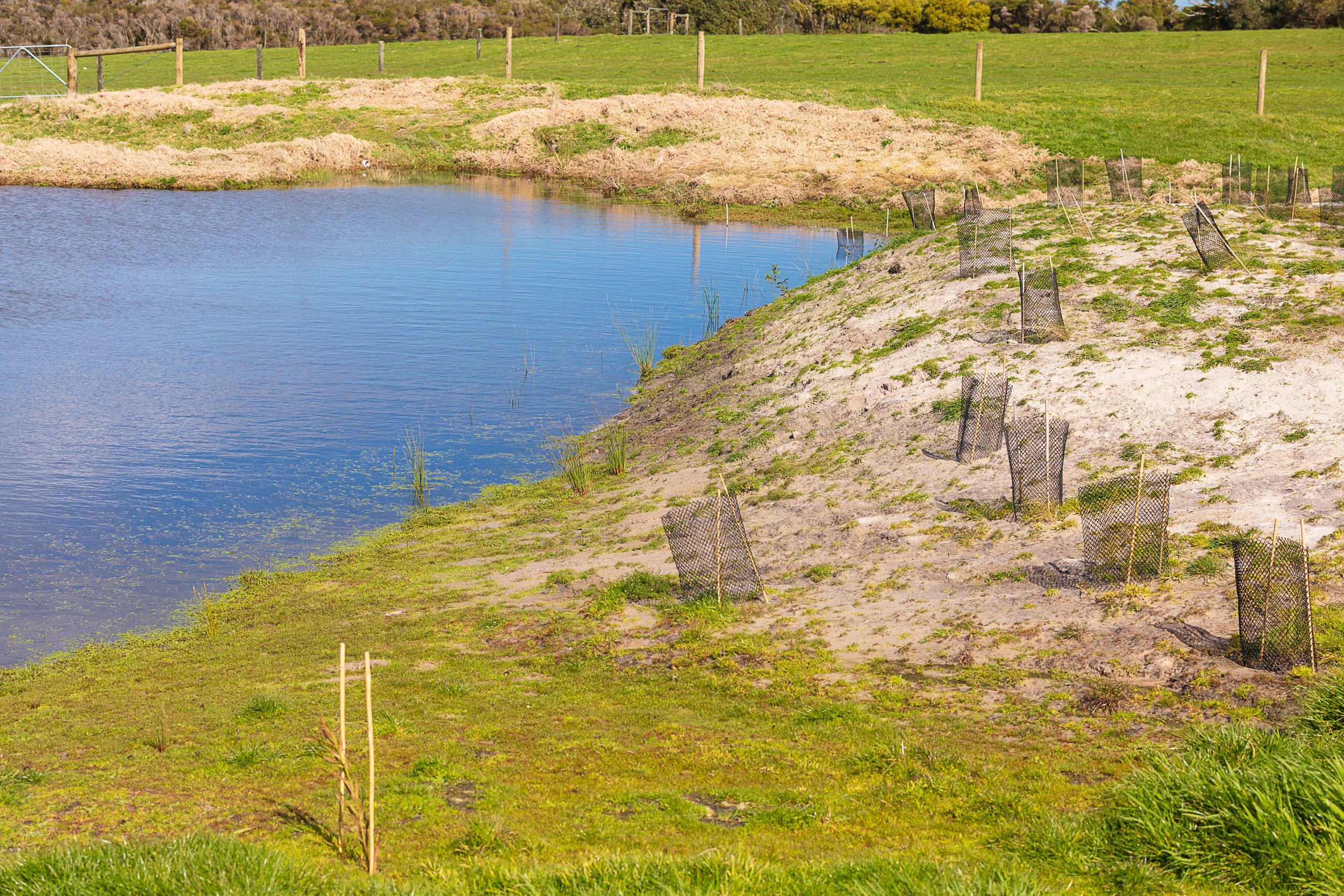
It was around this time that Jillian and South Gippsland Landcare Network became involved in the Green Dams project, sponsored by Food & Fibre Gippsland through funding from the Victoria Drought Resilience Adoption and Innovation Hub.
Jillian and Bruce could see merit in sharing their learnings from the initiative, so other farmers would have the confidence to adopt similar models for improving on-farm biodiversity and stock health.
“Engaging in the project with Food & Fibre Gippsland has meant that we’ve had the funds to establish the dam’s design, and the motivation to record and monitor our progress,” said Jillian. “It’s now a wait-and-see process to compare this set-up with the fully-fenced dam on the home farm, and the unfenced dams on this block.”
Most recently, involvement in the project from Deakin University has seen third-year students become engaged in field research, monitoring water quality and aquatic macroinvertebrate levels across the project’s three different dams. As a component of the study, endangered native fish species were released in late August, including Southern Pygmy Perch (Nannoperca australis) and Dwarf Galaxias (Galaxiella pusilla).
Jillian describes the excitement of seeing the macroinvertebrate levels increase in the fully-fenced and revegetated dam on the home farm, which became evident when the water was tested by Deakin University aquatic ecologist Dr Ty Matthews at a field day in May.
“The water tests revealed the existence of mayflies, an aquatic insect species whose presence indicates an unpolluted and highly oxygenated environment,” said Jillian.
South Gippsland Landcare Network (SGLN) has been integral to the success of the Green Dams project. Jillian says she loves seeing people learning and sharing within the Landcare model, and SGLN supports this particularly well.
As the project enters its final phase, she’s hopeful that the university students will have the opportunity to present their findings at a second field day, proposed for April next year.
“It’s not only the scientific aspect that’s so valuable to the students; it’s the opportunity for professional development in sharing the outcomes of their research as well.”
It seems that Jillian’s vision of well-managed dams is in good hands.
Would you like to know more about this project? Please get in touch with us via email.
